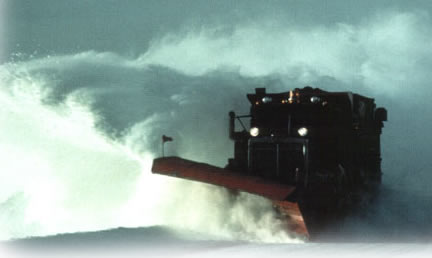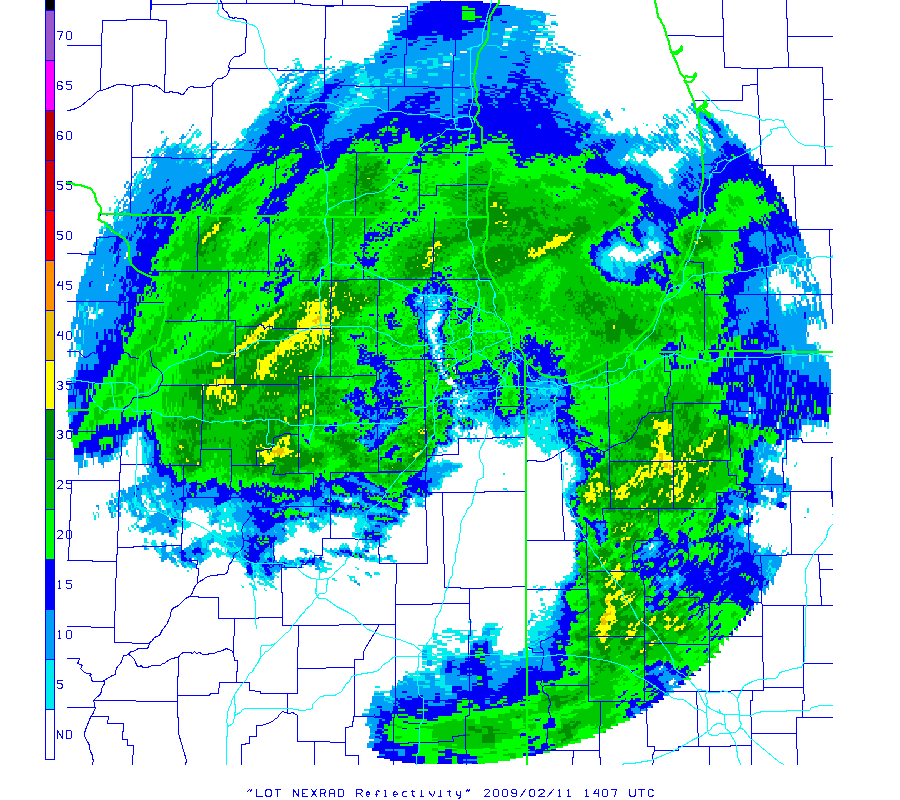PLOWS is targeted at understanding the dynamic and microphysical processes that govern the spatial and temporal variability of precipitation within extratropical cyclones . Variability in the location, type, and intensity of precipitation is often determined by precipitation banding and/or embedded convection, particularly in the northwest and warm frontal quadrant in cyclones where frontal structures and associated frontal circulations are modified by deformation flow. PLOWS is a comprehensive field campaign that will address outstanding scientific questions targeted at improving our understanding of precipitation substructures in the northwest and warm frontal quadrants of continental extratropical cyclones.
In the course of this PLOWS we will address the following questions: 1) What are the predominant spatial patterns of organized precipitation substructures, such as bands and generating cells, in these quadrants and how do they evolve? 2) How do frontal scale systems above and within the boundary layer such as warm fronts,, cold fronts aloft, and occluded fronts relate to these precipitation substructures? 3) What are the thermodynamic and kinematic structures of these frontal systems including the distribution of moisture and vertical motion? 4) What instabilities and types of mesoscale forcing (e.g., moist CSI, moist frontogenesis, gravity waves, and elevated upright convection) control the generation and evolution of precipitation substructures? 5) How do microphysical processes vary between the different precipitation substructures and what are the consequences? 6) Is instability triggered in ice-saturated ascent critical in some of these instances and is it through the release of the latent heat of deposition that instabilities can persist? |





